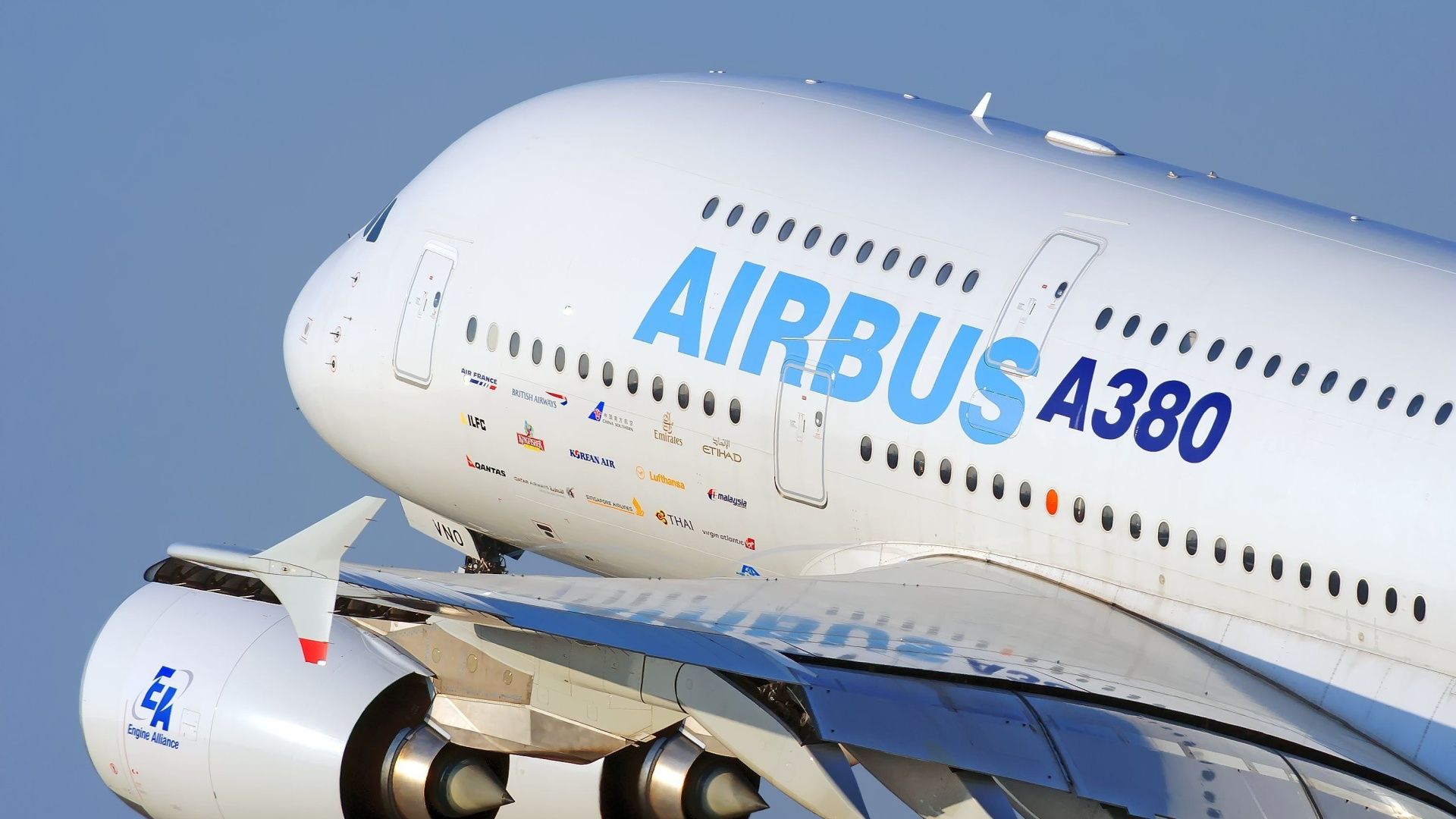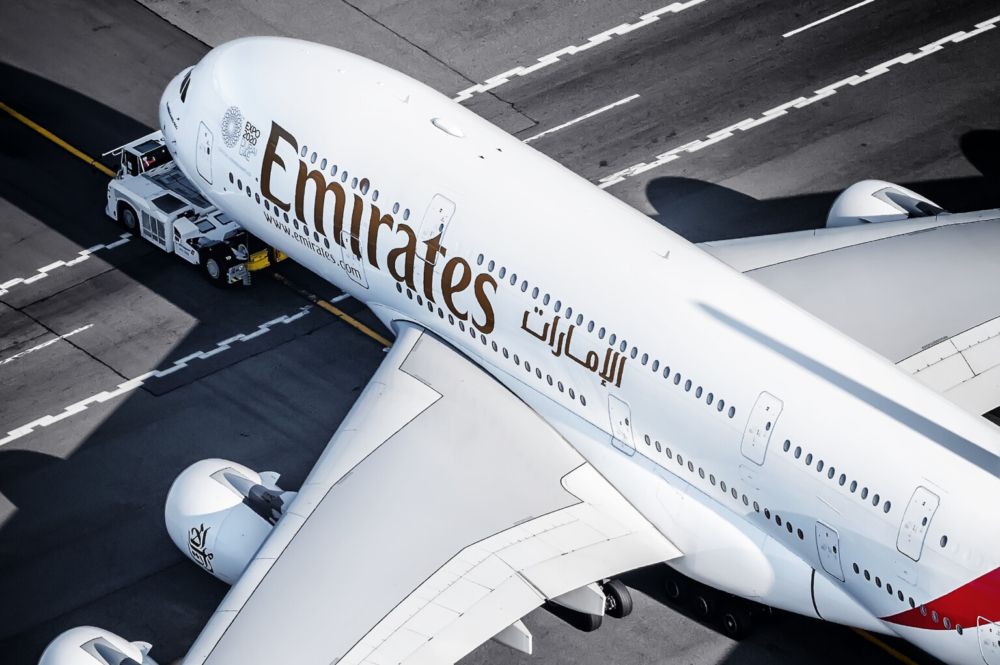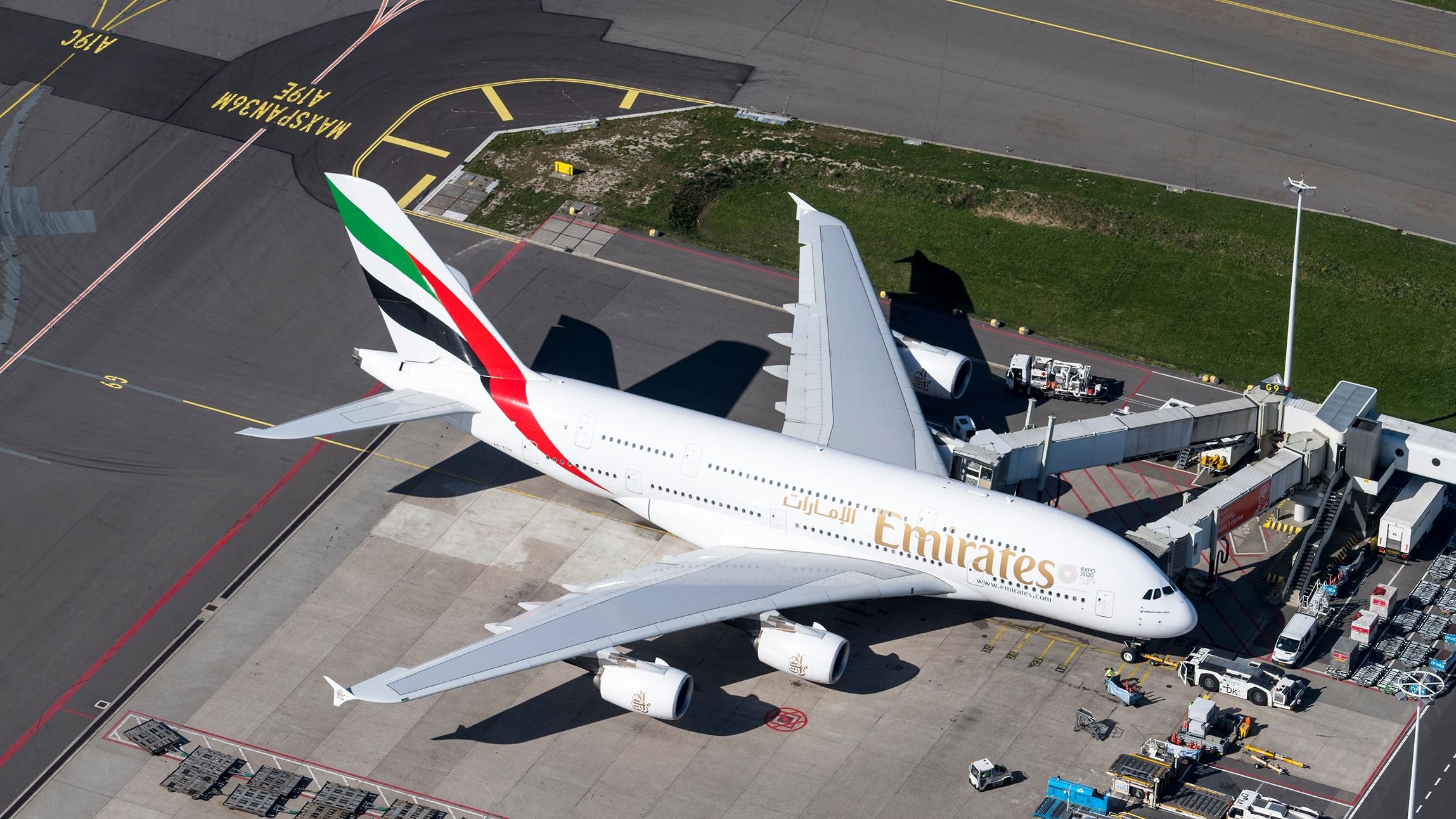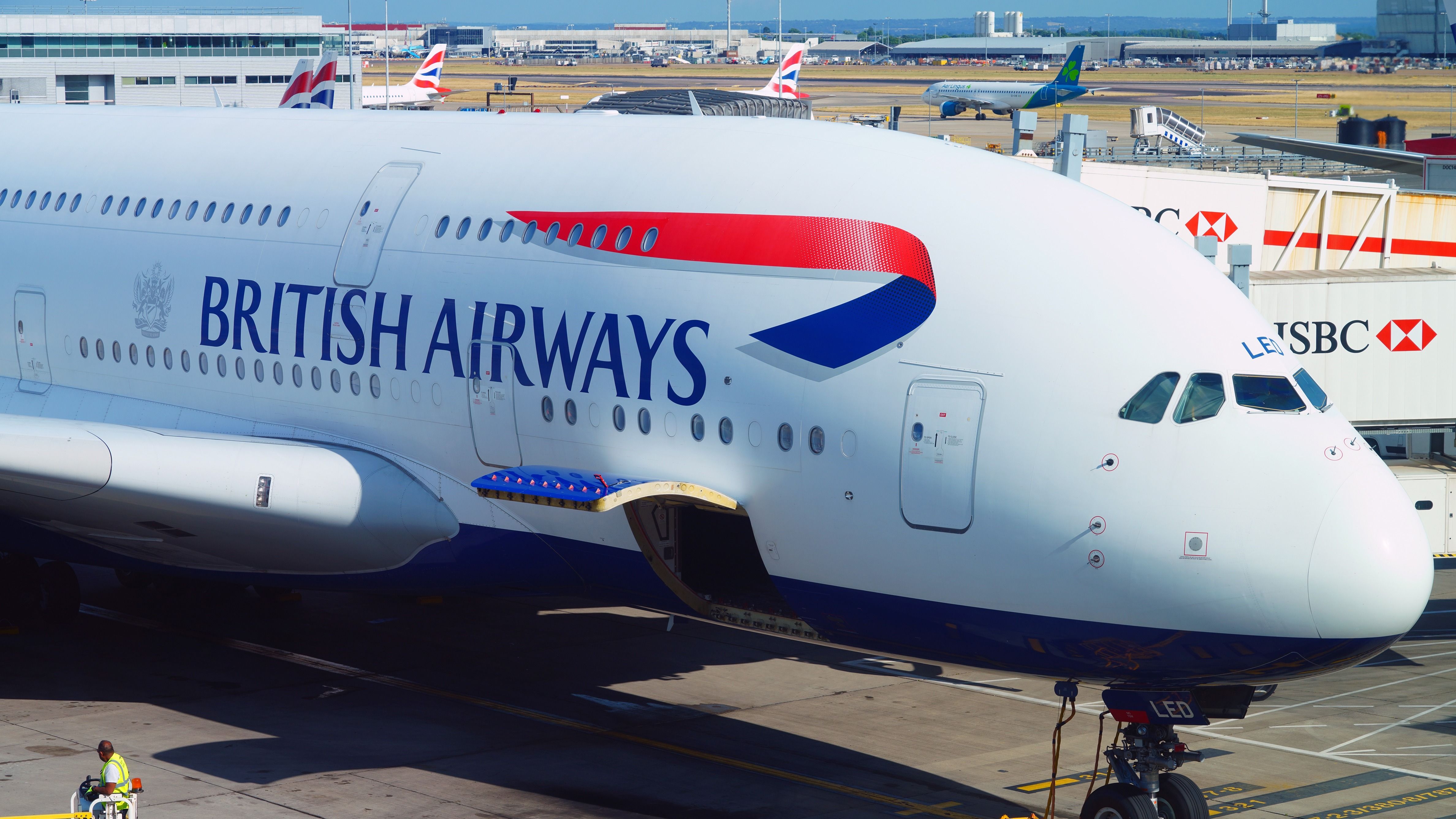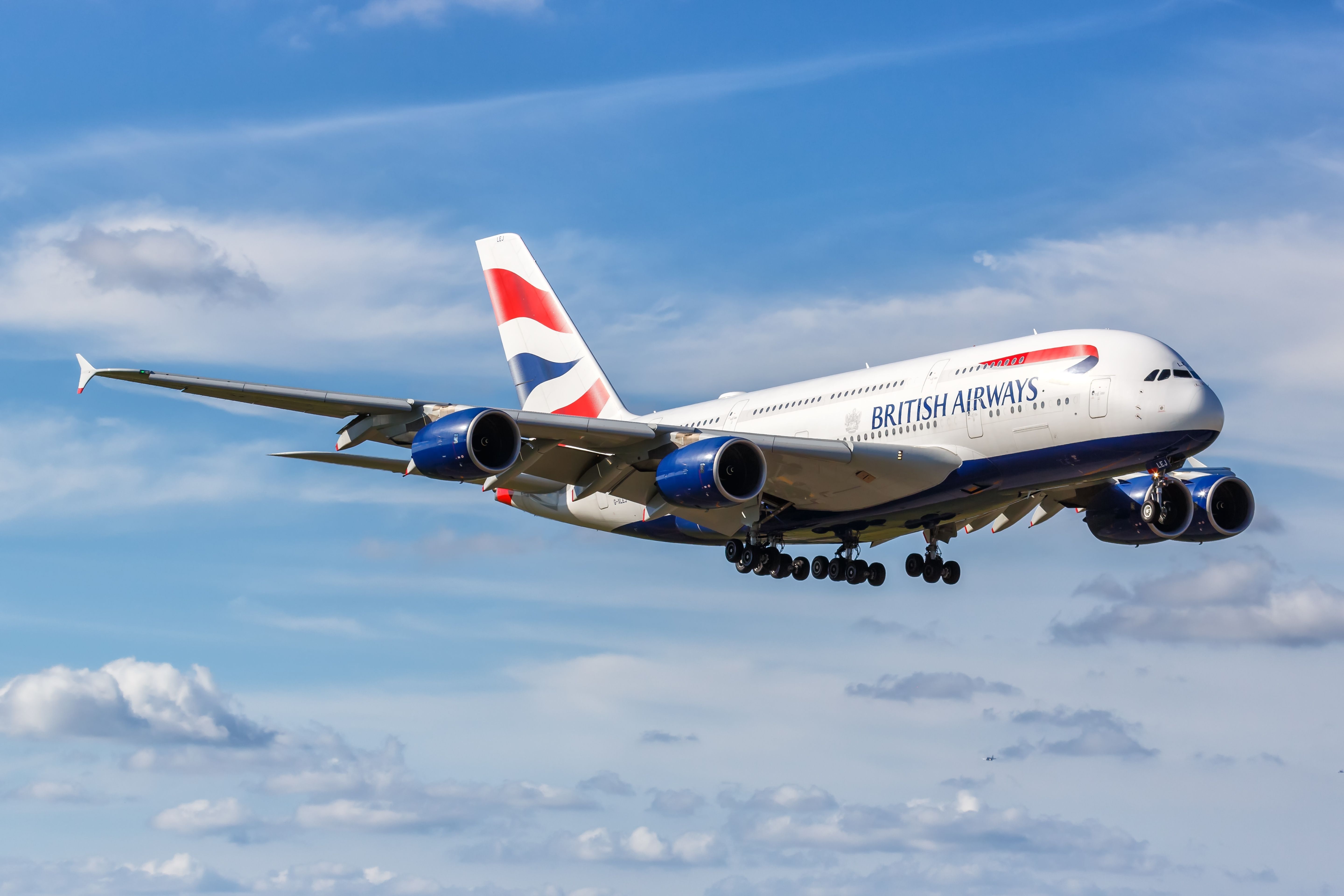Summary
- The pandemic forced A380 retirements due to high operational costs and shifts to fuel-efficient aircraft.
- Airlines like Emirates and British Airways returned the A380 to meet the post-pandemic demand surge.
- Despite uncertainties, the A380’s comeback highlights aviation’s adaptability and niche role potential.
The Airbus A380, once deemed an extravagant symbol of luxury in aviation, faced an uncertain future during the COVID-19 pandemic. With airlines worldwide grounding their fleets, the A380 seemed destined for retirement, left to rot for years in airports and deserts. However, against all odds, the A380 has made a surprising comeback. Let’s explore the factors behind this resurgence, the airlines leading the revival, and the long-term prospects for the superjumbo.
Photo: Aerovista Luchtfotografie | Shutterstock
The Pandemic’s Impact: Groundings and Retirements
The onset of the COVID-19 pandemic in early 2020 triggered a global aviation crisis. Travel restrictions, lockdowns, and a sharp decline in passenger demand forced airlines to make tough decisions.
High-capacity aircraft like the Airbus A380, known for their significant operational costs, were among the first casualties.
The A380’s grounding was a financial necessity for many airlines struggling to stay afloat amid plummeting revenues. An aircraft of that size could not be operated profitably.
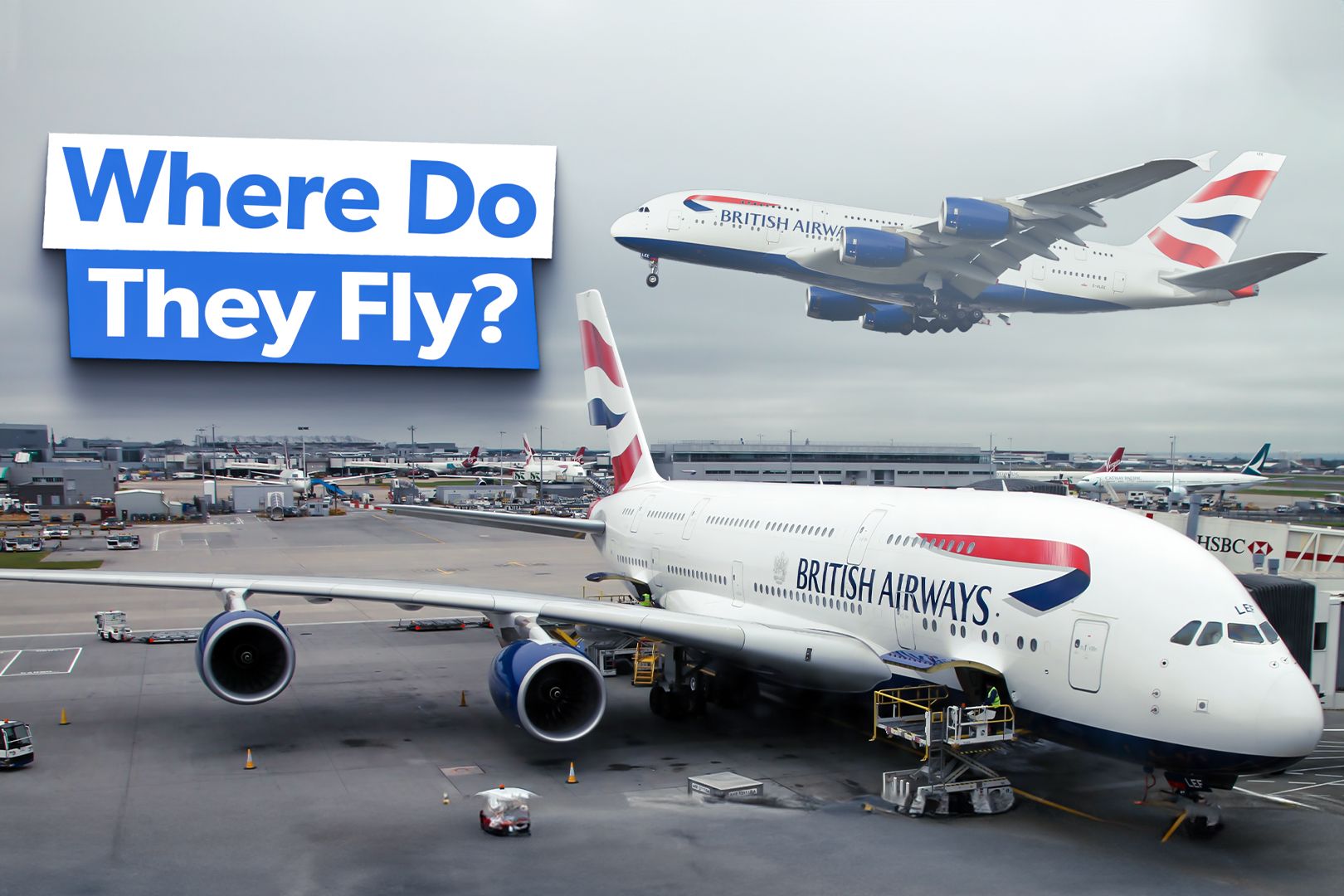
Related
Superjumbo Routes: This Is Where British Airways Flies The Airbus A380
The airline utilizes the superjumbo on various different routes.
According to Dj’s Aviation, several major carriers, including Air France, China Southern, Malaysia Airlines, and Thai Airways, decided to permanently retire their A380 fleets. These retirements were driven by the need to cut costs, streamline operations, and shift focus to more fuel-efficient aircraft like the Boeing 787 and Airbus A350.
Photo: EQRoy | Shutterstock
The pandemic allowed these airlines to phase out the A380, which had always been challenging to operate profitably due to its high fuel consumption and maintenance costs. Once a flagship airline model worldwide, the aircraft was reduced to an unprofitable excess.
Here are just some of the airlines that bought and subsequently retired the A380:
|
Airline |
Country |
Number of A380s Purchased |
Retirement Year |
Reason for Retirement |
|---|---|---|---|---|
|
Air France |
France |
10 |
2020 |
High operating costs/COVID-19 |
|
China Southern Airlines |
China |
5 |
2022 |
High operating costs |
|
Hi Fly Malta |
Malta |
1 |
2020 |
Short-term lease/COVID-19 |
|
Malaysia Airlines |
Malaysia |
6 |
2020 |
High operating costs/COVID-19 |
|
Thai Airways |
Thailand |
6 |
2020 |
Restructuring/COVID-19 |
Airlines reviving the A380
Contrary to industry predictions, the demand for air travel rebounded more quickly than expected. By mid-2021, airlines began to see a surge in passenger numbers, especially on international and long-haul routes.
This unexpected resurgence in demand created a unique challenge: a shortage of available aircraft. Supply chain disruptions and delays in the delivery of new, more efficient aircraft further compounded the problem.
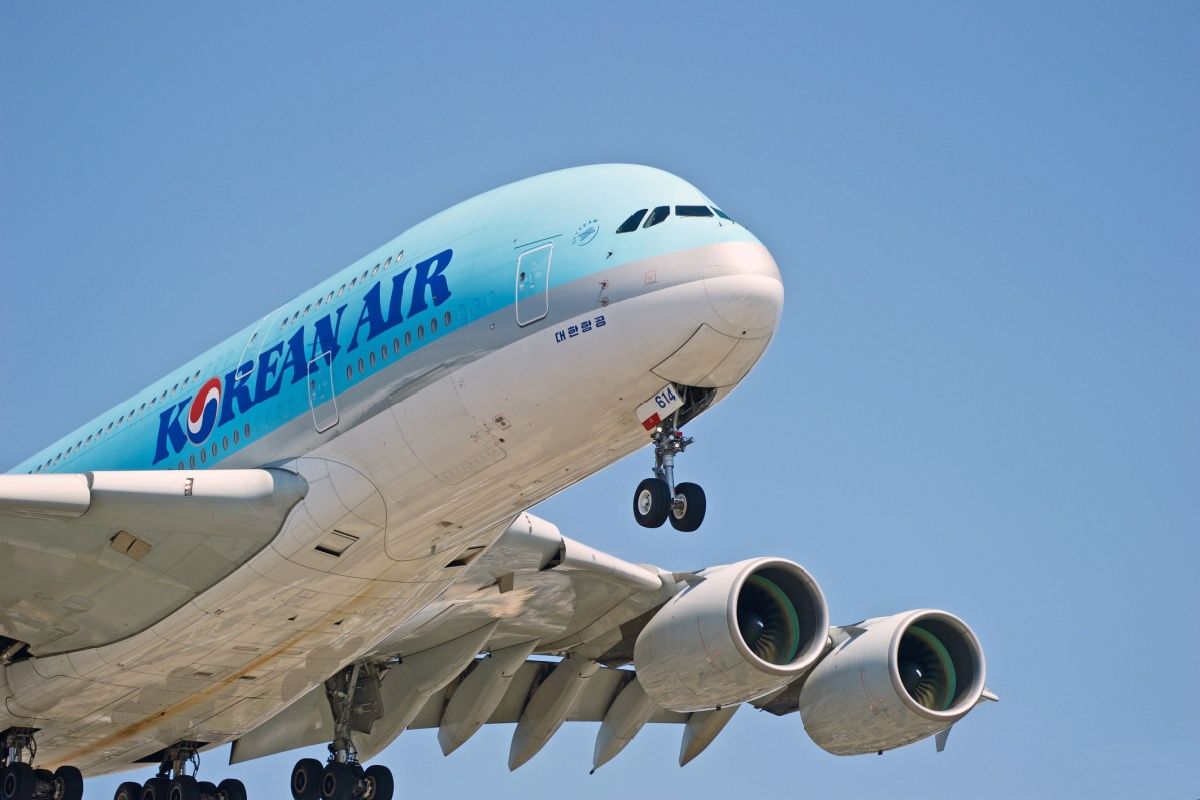
Related
The Future Of Korean Air’s Airbus A380s As Dismantling Begins
The first of Korean Air’s A380s is being broken up as the airline makes good on its intention to retire the fleet.
An airline like British Airways not only needed the return of the a380 (and quickly!) but also regretted the retirement of the 747.
Emirates, British Airways, and Qantas, which retained their A380s in storage, found themselves in a favorable position. These carriers opted to bring the A380 back into service to meet the sudden increase in demand.
Emirates, the largest operator of the A380, played a pivotal role in the aircraft’s resurgence. The airline reinstated the A380 on popular routes to accommodate the high passenger volumes, taking advantage of the aircraft’s capacity and onboard amenities that continued to attract travelers.
A list of airlines that decided to return the A380 to service and the routes they fly!
|
Airline |
Country |
Number of A380s in Service |
Routes |
|---|---|---|---|
|
Emirates |
United Arab Emirates |
91 |
Dubai to numerous destinations, including Bangkok, Barcelona, Beijing, Los Angeles, London, New York, and Sydney. |
|
Singapore Airlines |
Singapore |
12 |
Singapore to destinations such as London, Sydney, and Hong Kong. |
|
British Airways |
United Kingdom |
12 |
London to destinations like Dallas, Johannesburg, San Francisco, and Washington Dulles. |
|
Lufthansa |
Germany |
8 |
Munich to destinations including Boston and Bangkok. |
|
Qantas |
Australia |
10 |
Sydney and Melbourne to London, Los Angeles, and Dubai. |
|
Qatar Airways |
Qatar |
8 |
Doha to London, Sydney, Perth, and Bangkok. |
|
Korean Air |
South Korea |
9 |
Seoul to Los Angeles and New York. |
|
Etihad Airways |
United Arab Emirates |
4 |
Abu Dhabi to London and soon to Boston and New York. |
|
Asiana Airlines |
South Korea |
6 |
Seoul to Los Angeles. |
What drove the comeback of the superjumbo?
Several factors contributed to the A380’s unlikely comeback. First, the aircraft’s capacity to carry over 500 passengers made it an ideal choice for high-demand routes, particularly those to significant hubs with constrained airport slots.
The A380’s spacious cabins and luxurious features, including first-class suites and onboard showers (in particular Emirates), continued to appeal to premium travelers, providing a competitive edge for airlines looking to differentiate themselves.
Photo: Markus Mainka | Shutterstock
Second, delays in the production and certification of new aircraft, such as Boeing’s 777X, left airlines with limited options to increase capacity quickly. Despite its higher operating costs, the A380 became a stopgap solution to bridge the gap until more efficient aircraft became available.
Additionally, some airlines were handed significant staffing shortages after making mass redundancies, and having to operate more frequent flights with smaller aircraft was challenging. The A380 allowed these airlines to maximize capacity with fewer flights, addressing demand and operational constraints.
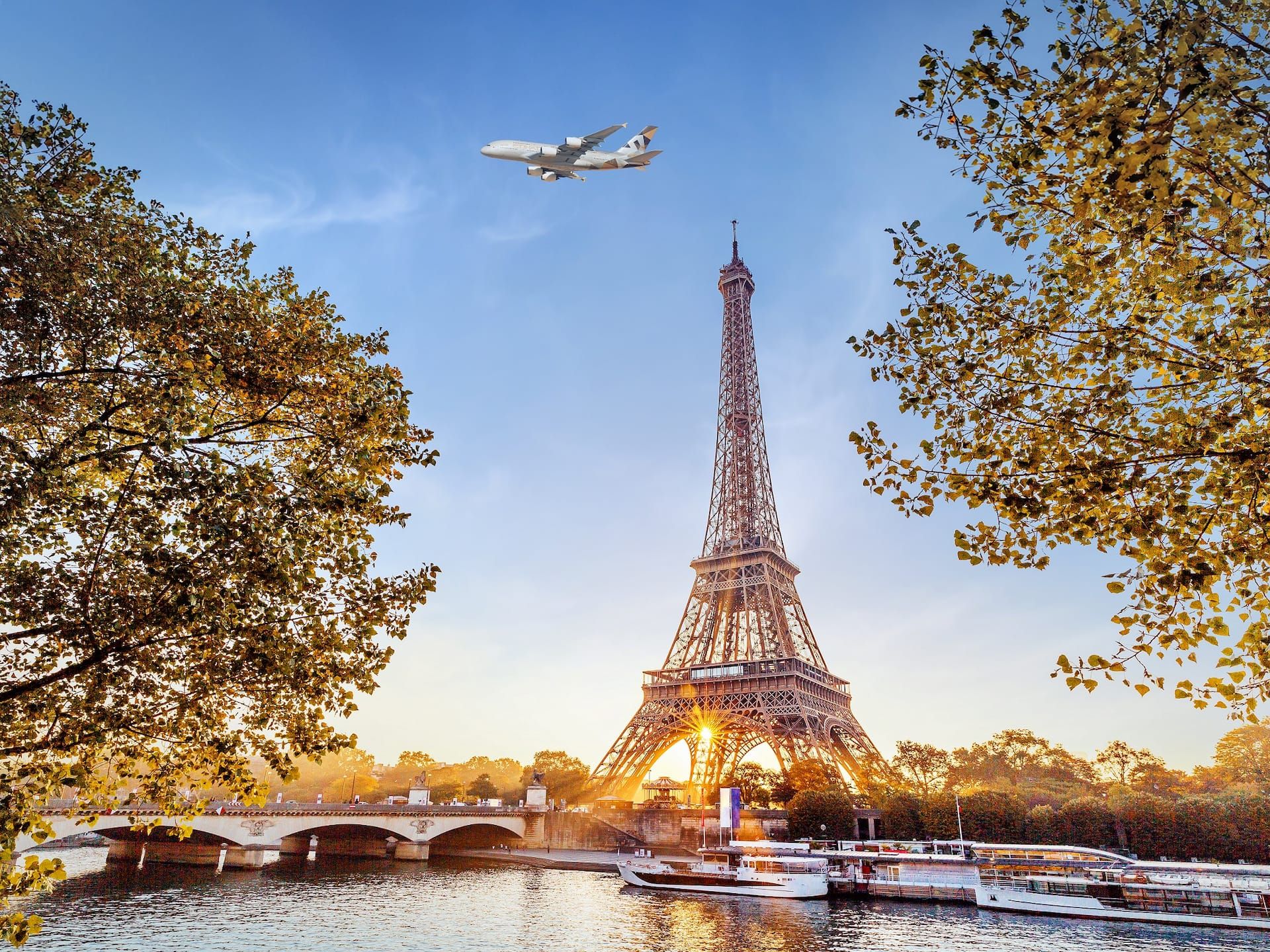
Related
Etihad Airways Announces Iconic Airbus A380 Paris Route
Paris will be the type’s third route.
The a380’s long-term future
The A380’s resurgence raises questions about its long-term viability. While the aircraft has proven helpful in the post-pandemic recovery phase, its future remains uncertain. Airlines cannot ignore the high operating costs and environmental concerns associated with the A380.
As the aviation industry moves towards greater sustainability and fuel efficiency, airlines will eventually need to transition to newer, more eco-friendly aircraft. According to Aviation Week, airBaltic has recently partnered with Fokker to build a Hydrogen-powered 150-seat aircraft.
However, some industry experts believe the A380 could maintain a niche role in specific markets. Emirates is a great case study for how superjumbo works fantastically in their hub-and-spoke system.
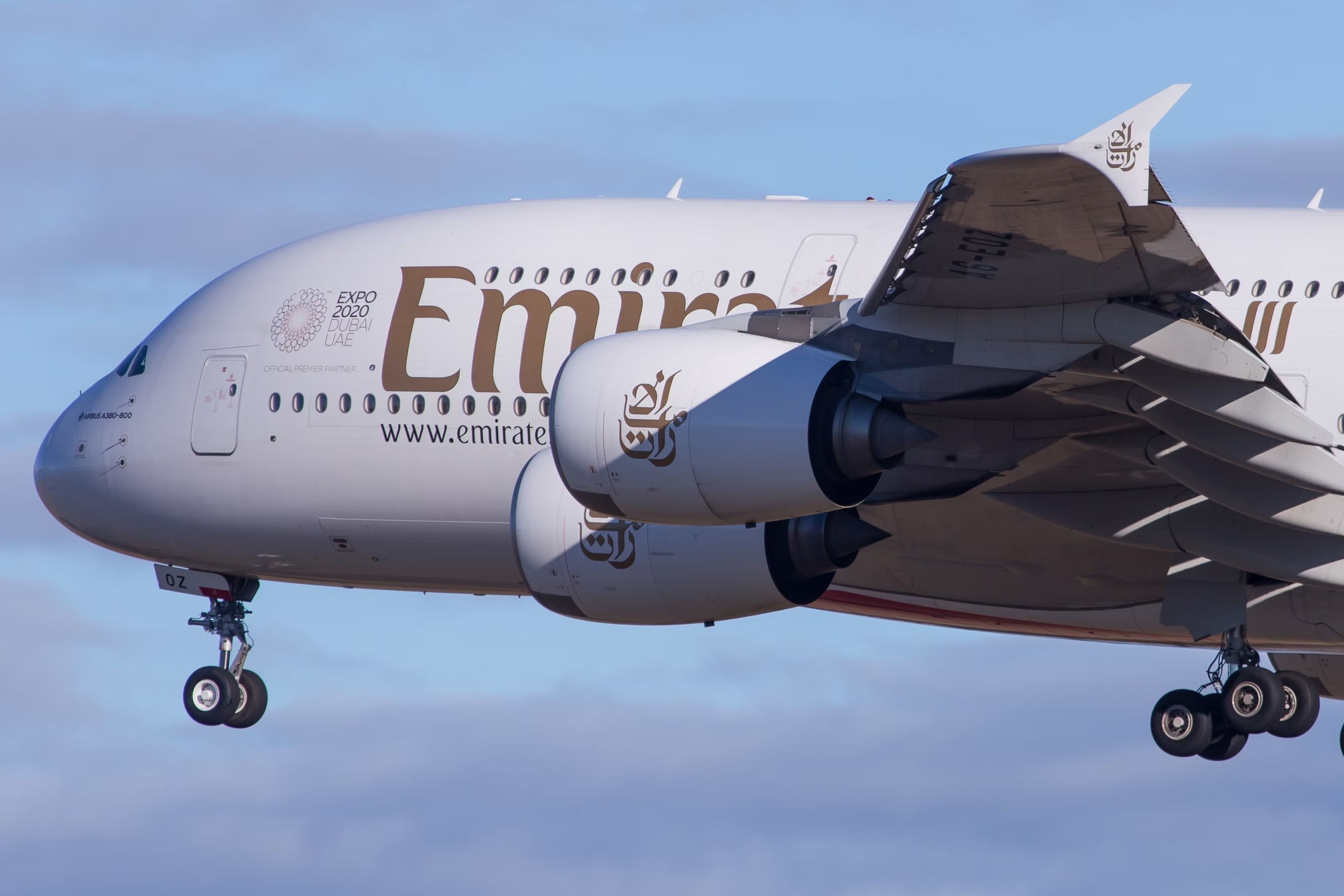
Related
Why Couldn’t Any Airlines Apart From Emirates Make The Airbus A380 Work?
The most prominent operator is also the only one that envisions a long-term future for the aircraft.
For example, routes with consistently high passenger demand and limited airport slots could continue to benefit from the A380’s capacity. Furthermore, the aircraft’s unique appeal to premium travelers might sustain its use on flagship routes operated by Emirates and Singapore Airlines.
In the short term, the A380’s return is a testament to the aviation industry’s resilience and adaptability. It highlights the complexities of fleet management and the unpredictable nature of travel demand. While the A380 may not see widespread use across all airlines, its comeback demonstrates that even the most unlikely aircraft can find a second life under the right circumstances.
One start-up airline, however, has decided to defy all the market predictions and create an entire A380-only fleet. It plans to fly them from London Gatwick (LGW) to highly saturated destinations like Los Angeles and New York. Here’s what we know so far!
A story of aviation resilience
The Airbus A380’s post-pandemic comeback is a remarkable story of resilience and adaptation in the aviation industry. Initially sidelined by the COVID-19 crisis, the superjumbo has found new life amid a rapid rebound in air travel demand and supply chain disruptions. Airlines like Emirates, British Airways, and Qantas have leveraged the A380’s capacity and passenger appeal to meet revived demand on key routes.
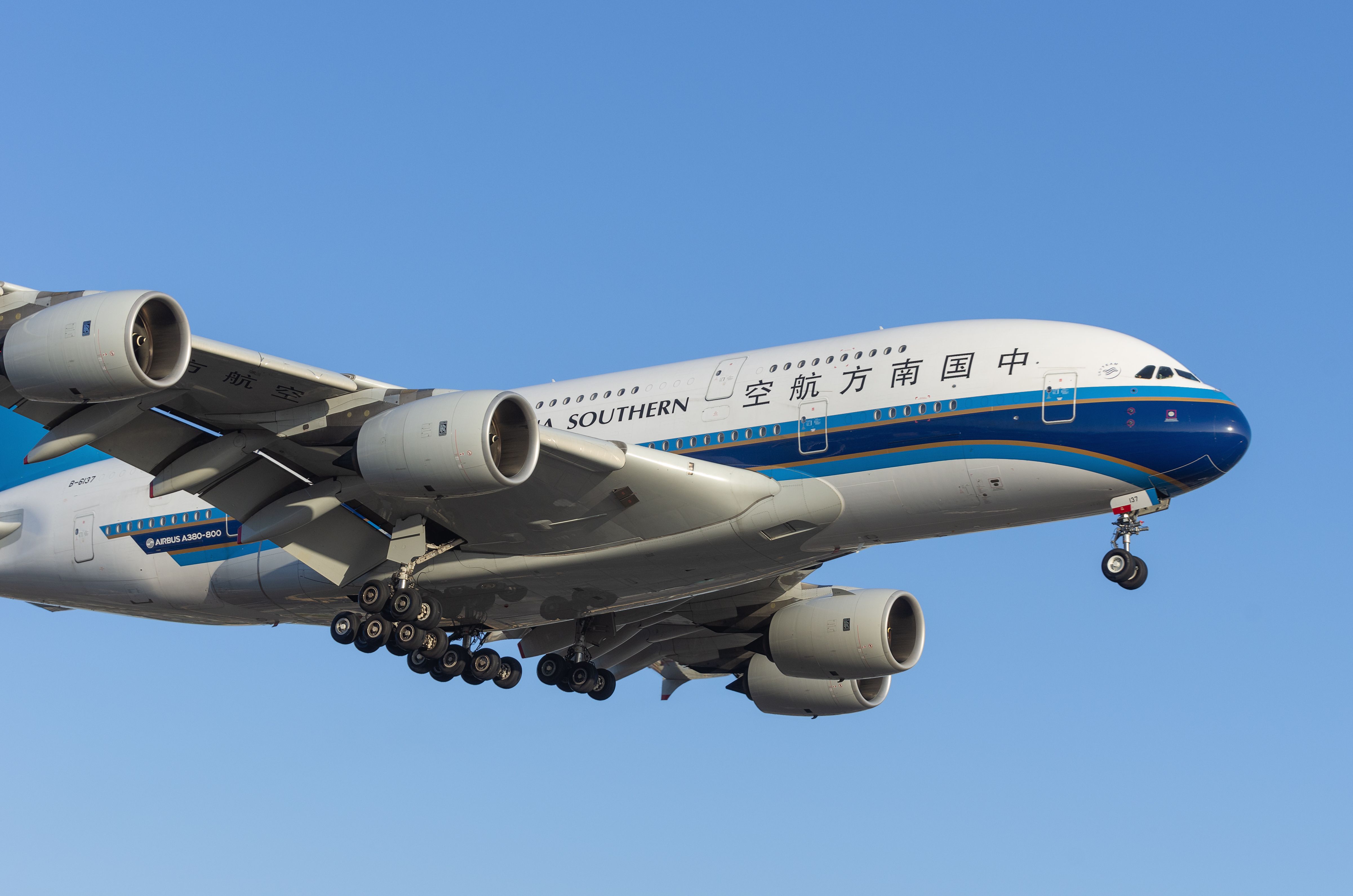
Related
Superjumbo Hopes: Global Airlines Flies Its First Airbus A380 To The UK
The first Global Airlines Airbus A380 is now on British soil.
However, the long-term future of the A380 remains uncertain as the industry evolves towards more sustainable and efficient aircraft. For now, the A380’s return serves as a reminder of the dynamic nature of aviation and the enduring appeal of this iconic aircraft.

